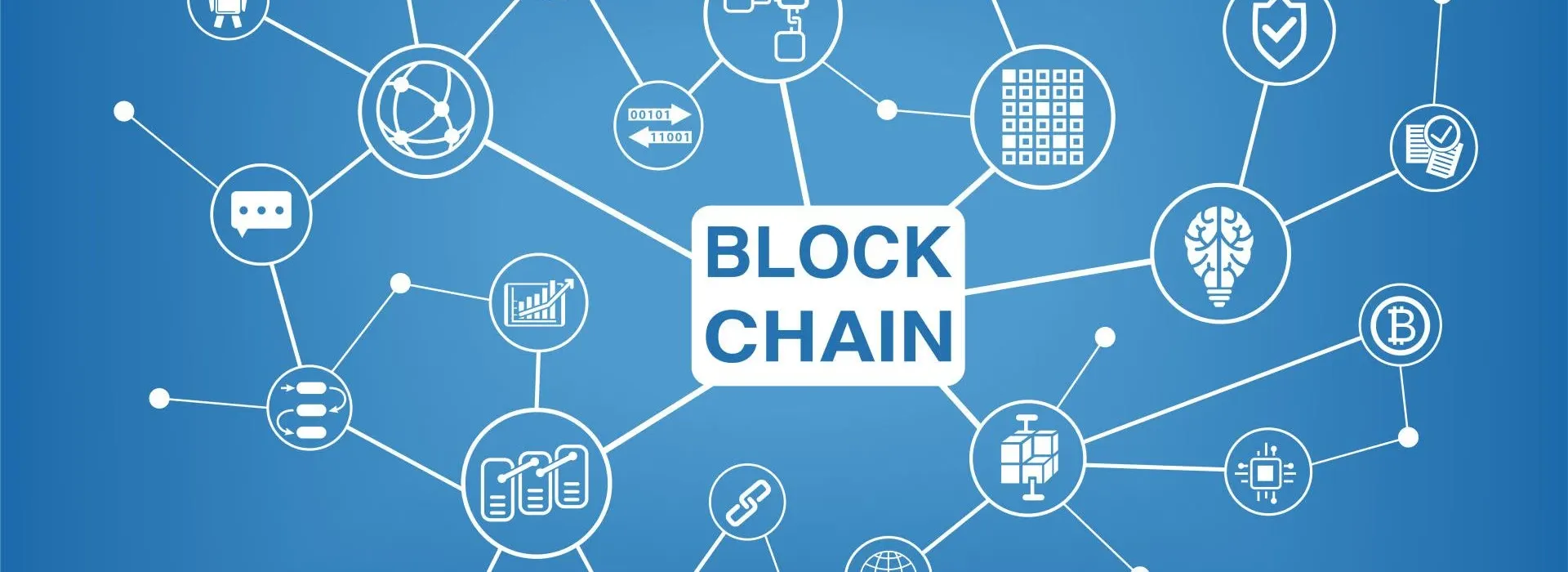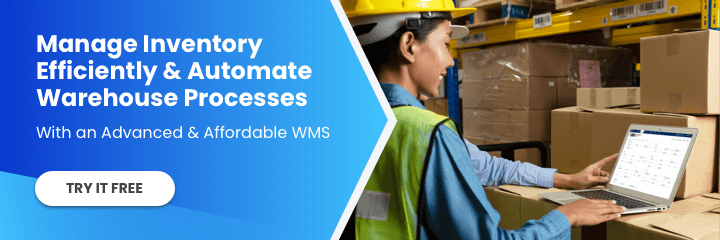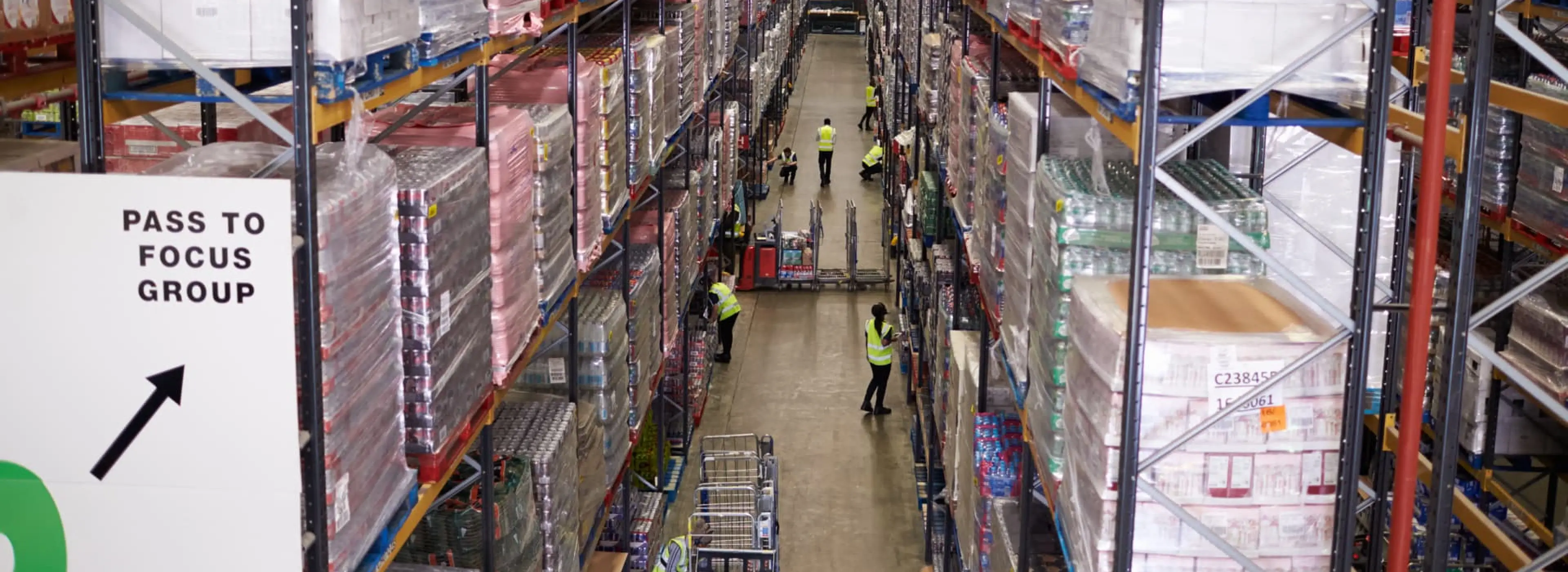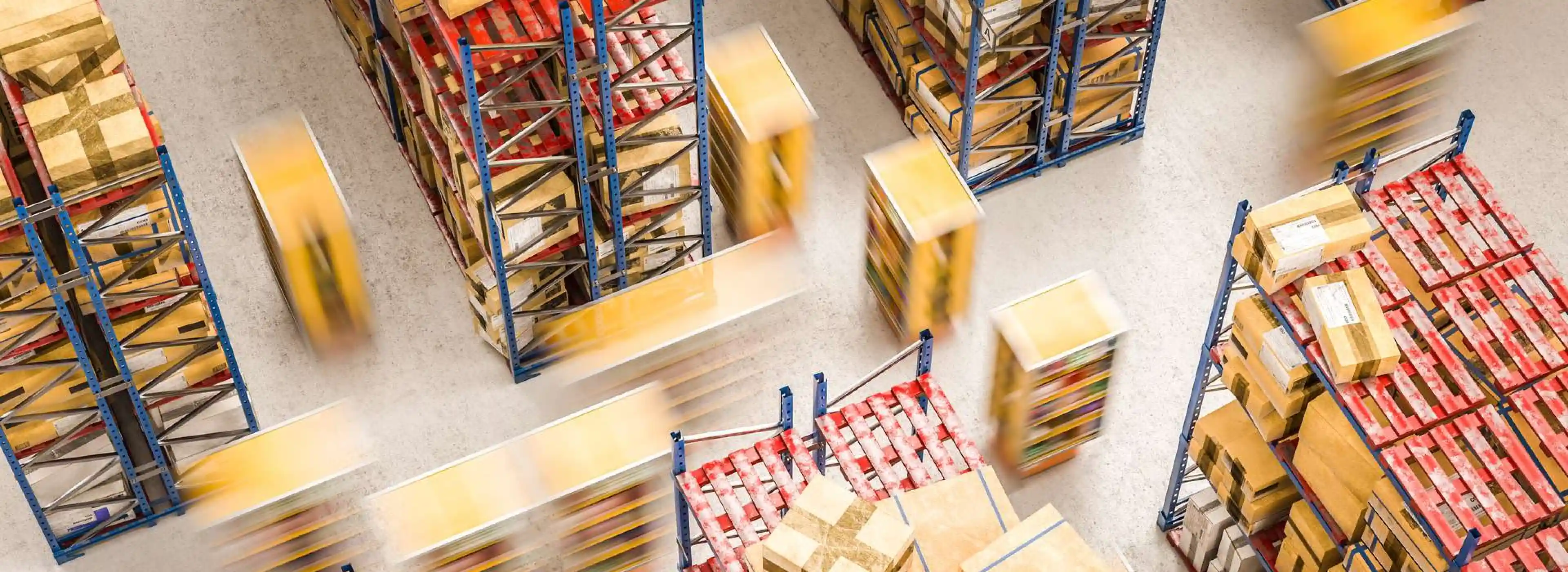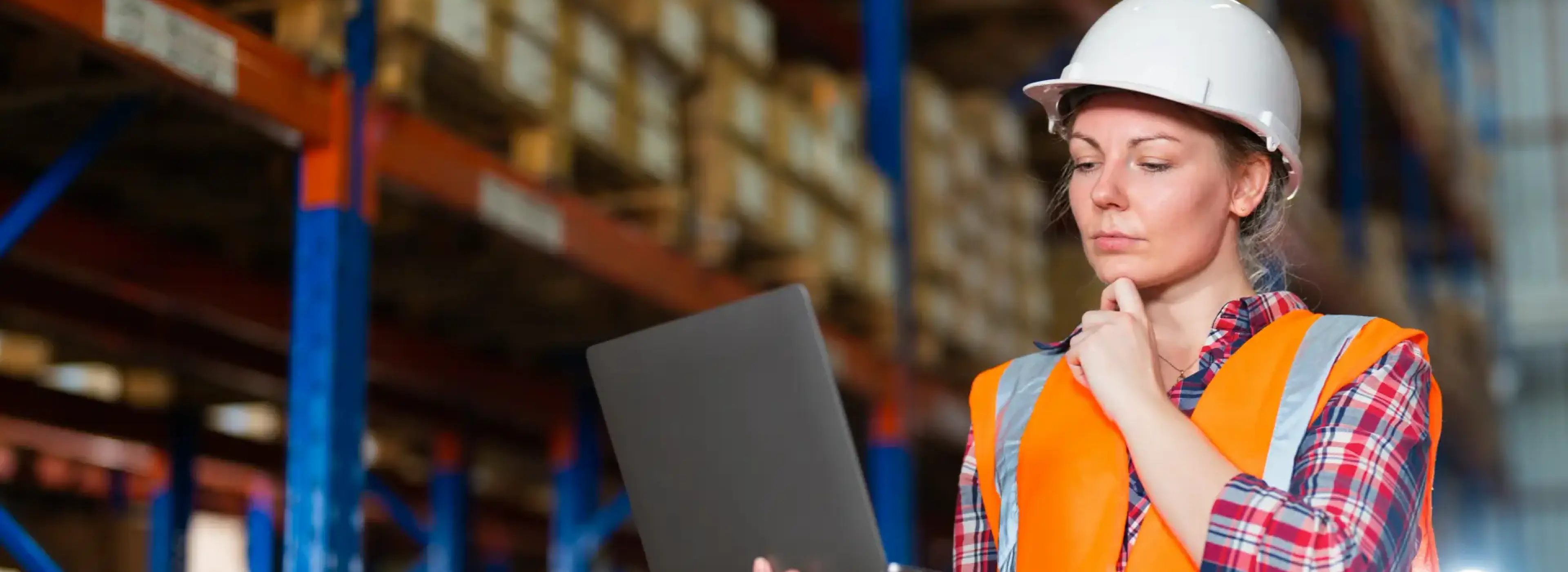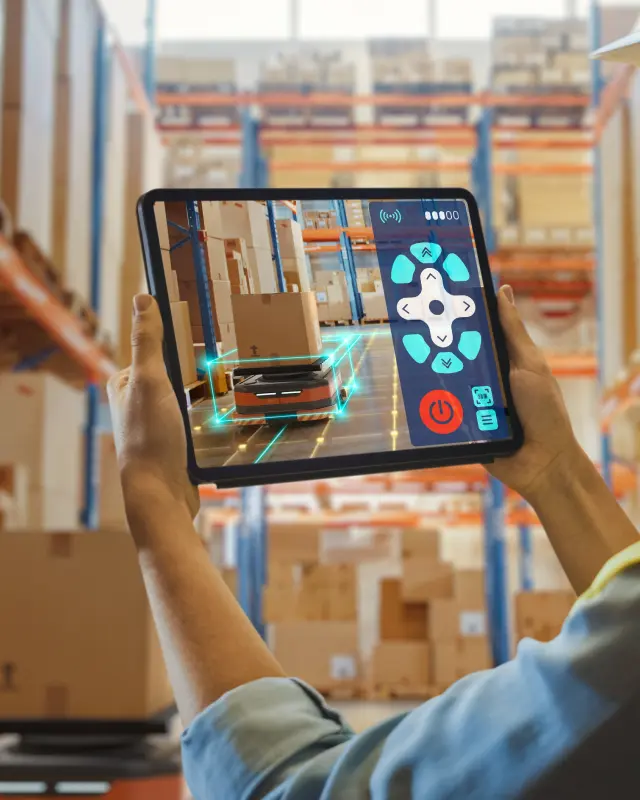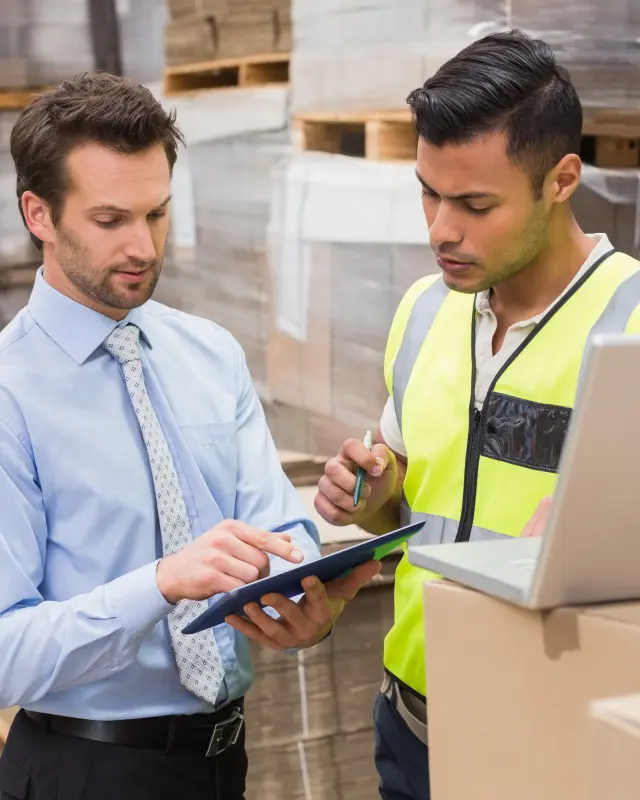With the sudden rise of Bitcoin at the end of 2017, Blockchain has become a mainstream term. However, many people still don’t understand the incredible potential this technology holds, especially in its role in the supply chain and the warehouse digitalization movement.
Download Free Guide: 7 Technologies That Will Change the Warehouse
This article will be your primer on Blockchain technology, its potential in warehouse operations, and its performance in the industry.
What is Blockchain?
Blockchain is a distributed ledger technology that exchanges record transactions between parties in a secure way. To put it more simply, it is blocks of data that are chained, hence the term Blockchain, and shared by all computers in a network, thus making them accessible to relevant parties.
Blockchain has three main features: Accessibility, Security, and Accountability. Blockchain, being shared by all parties, makes data accessible for everyone involved. The data is stored on every computer so that it is both decentralized and distributed. This creates a high level of security because hackers would need to access and alter the data on all linked computers simultaneously just to change one transaction. As a single, fixed cache of information, Blockchain ensures everyone in the network is accountable.
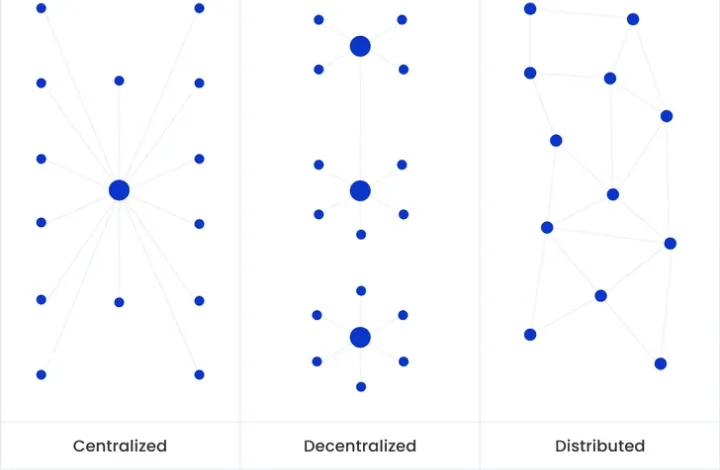
This distributed approach to data management makes Blockchain a preferred platform to protect data and increase accountability while making it easily accessible to the intended parties.
Blockchain’s Role in the Warehouse
Excellence in logistics is achieved by seamless collaboration between every stakeholder in the supply chain, including the warehouse. Having many entities involved with multiple complex technologies results in weak collaboration and limited transparency. Blockchain will link relevant parties on the same data platform while guaranteeing data security and easy communications.
When paired with IoT (Internet of Things), new data can be automatically updated in this unified ledger. For example, meat in transport must maintain a temperature of 4°C or less. With Blockchain and IoT, it is possible to verify and record its temperature at every step of the supply chain while keeping the data protected and accessible. This makes verification easy for the whole supply chain as both technologies report the food’s state.
Also, Smart Contracts, self-executing contracts with terms of agreement between two parties written into lines of code, can be utilized by the warehouse to automate verifications and payment. For example, when a connected pallet is delivered, the received confirmation, time of delivery, and condition will be transmitted to the Blockchain system to be verified, so long as they are in the agreed conditions. If verified, proper payments will be released to the appropriate parties. This type of automation greatly increases efficiency, integrity, and security.
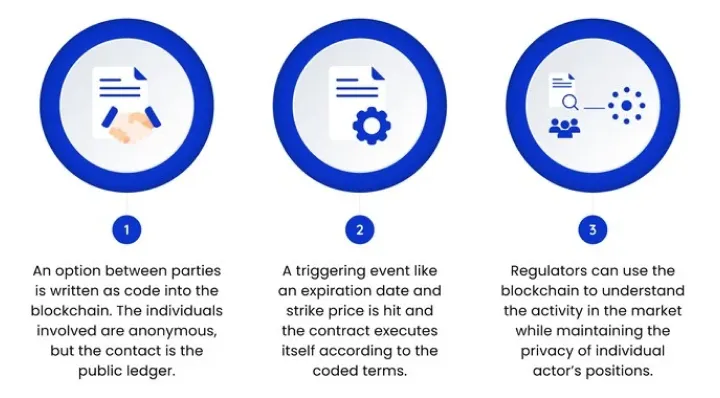
Where is Blockchain in the Industry Now?
According to the MHI Annual Industry Report 2020, only 33% agreed that Blockchain could create disruption in the industry or a competitive advantage for their business. In addition to that, the report cites the following adoption rates over the next few years:
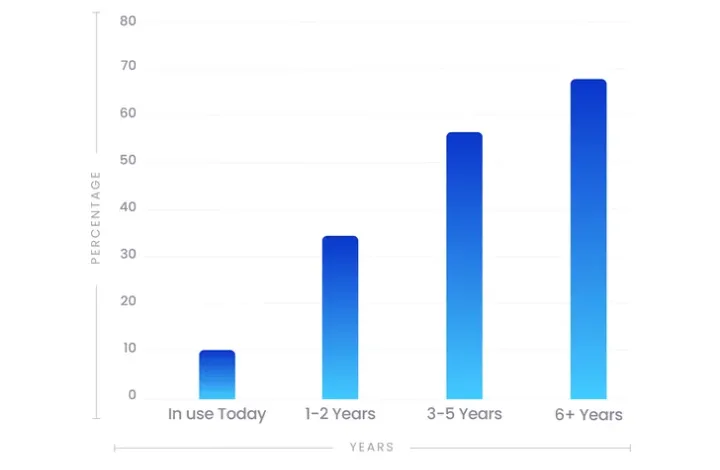
To determine Blockchain’s position in the industry, three adoption frameworks will be used – The S-Curve of Innovation, the Technology Adoption Life Cycle, and the Hype Cycle.
S-Curve of Innovation
Blockchain is currently between the Ferment and Takeoff stages of the S-Curve. To be more specific, it is close to reaching the Takeoff phase, which indicates that the technology is close to overcoming a significant obstacle. At this point, it has yet to be adopted by the Early Majority.
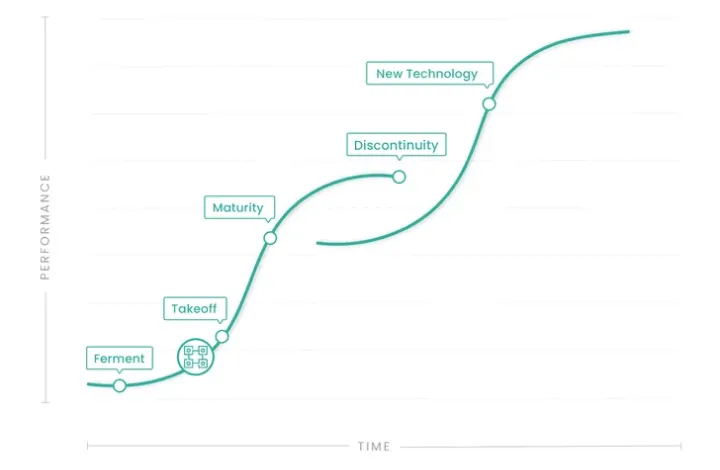
Technology Adoption Life Cycle
Blockchain is now being adopted by the Early Adopters. As mentioned by the 2020 MHI Industry Report, 10% of the respondents are using Blockchain, which puts it above the Innovators group but not yet at the point of crossing the chasm.
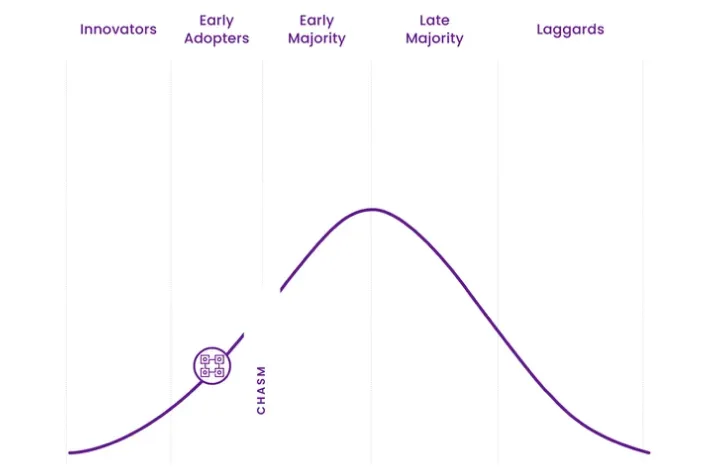
The Hype Cycle
Gartner has placed Blockchain at the start of the Peak of Inflated Expectations. This position in the curve means that Blockchain is about to receive its highest publicity. However, despite the promotion, it is still unclear whether the technology will become a success or a failure. However, projects like IBM’s Blockchain supply chain are steadily pushing it out of the hype and into the supply chain industry. Ginny Rometty, IBM’s CEO, even said…
“What the internet did for communications, Blockchain will do for trusted transactions.”
The Hype Cycle also suggests that Blockchain will reach the plateau in 5 to 10 years, meaning potential adopters still have time to evaluate the pros and cons.
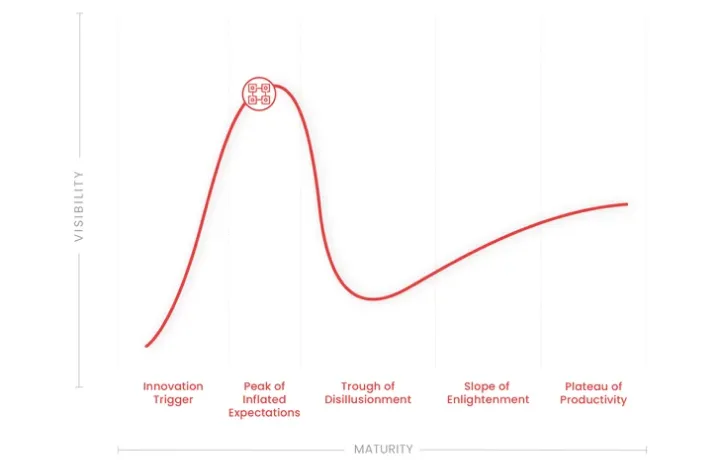
Blockchain is slowly moving from being an edge to an opportunity that will later become essential. Big names such as Walmart, UPS, Maersk, FedEx, British Airways, and Samsung are implementing the technology in their supply chains. Startups built as recently as 2017 are using Blockchain as their core technology or edge in the market.
Blockchain in supply chain management will strengthen the collaboration and data sharing that the industry has sought for many years. It will also address long-prevailing concerns such as security, privacy, and control over data. No doubt, this emerging technology is something that supply chain leaders must not ignore.
If you want to learn more about Warehouse Digitalization and optimizing warehouse processes, you can follow us on LinkedIn, YouTube, X, or Facebook. If you have other inquiries or suggestions, please contact us here. We’ll be happy to hear from you.
